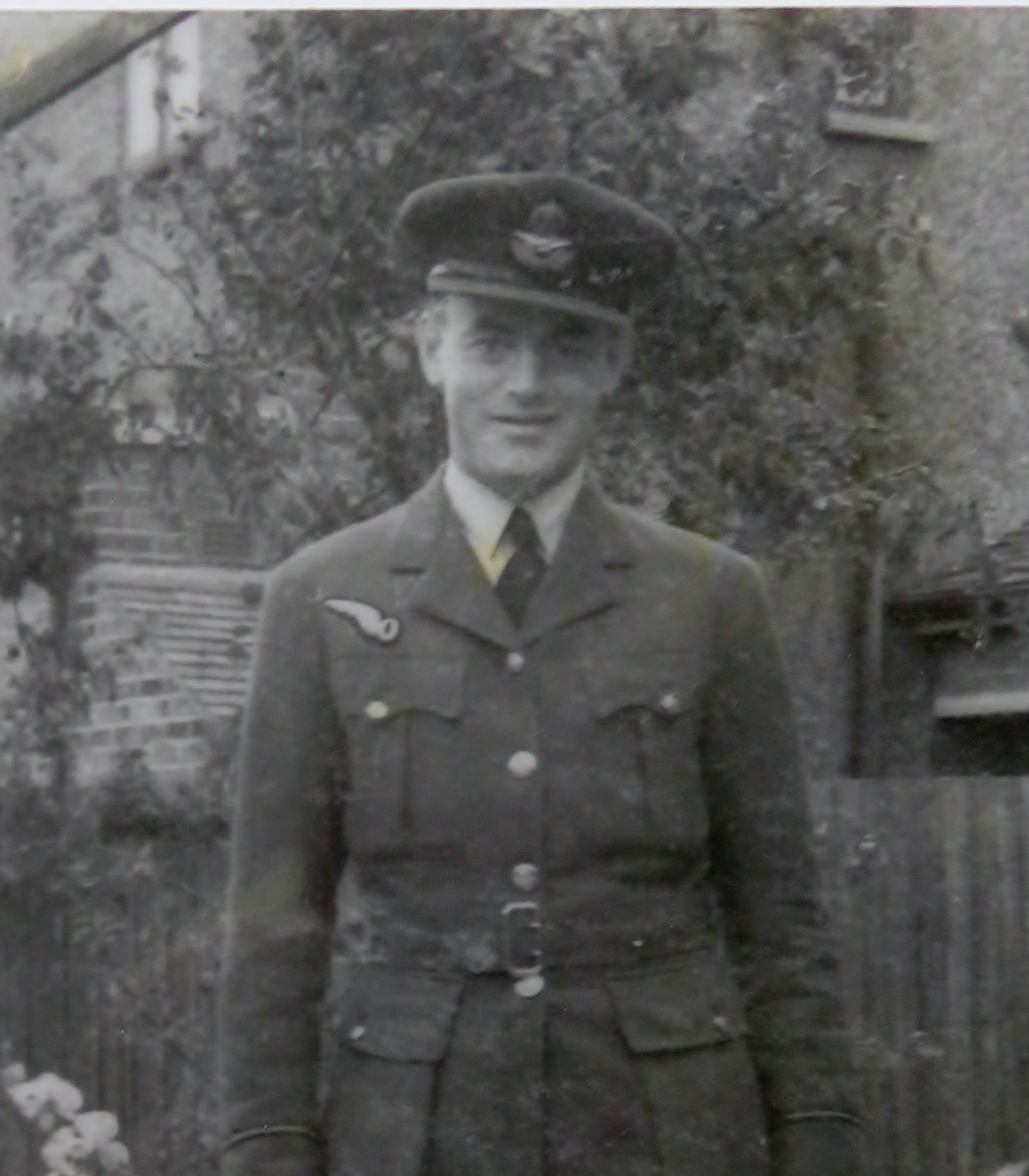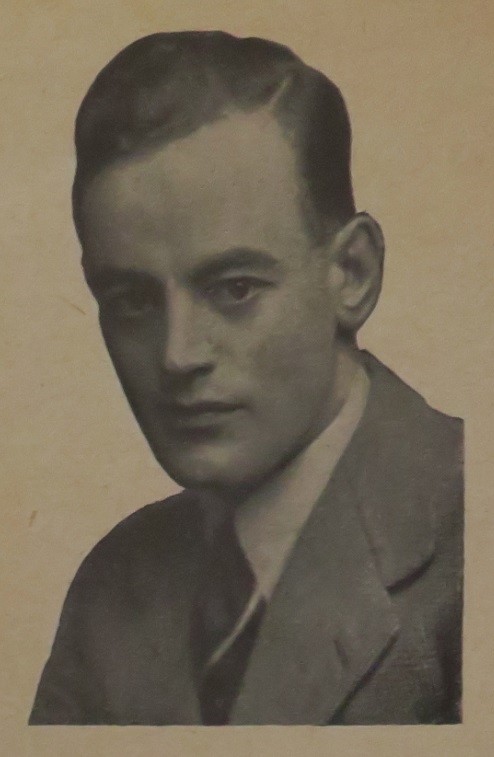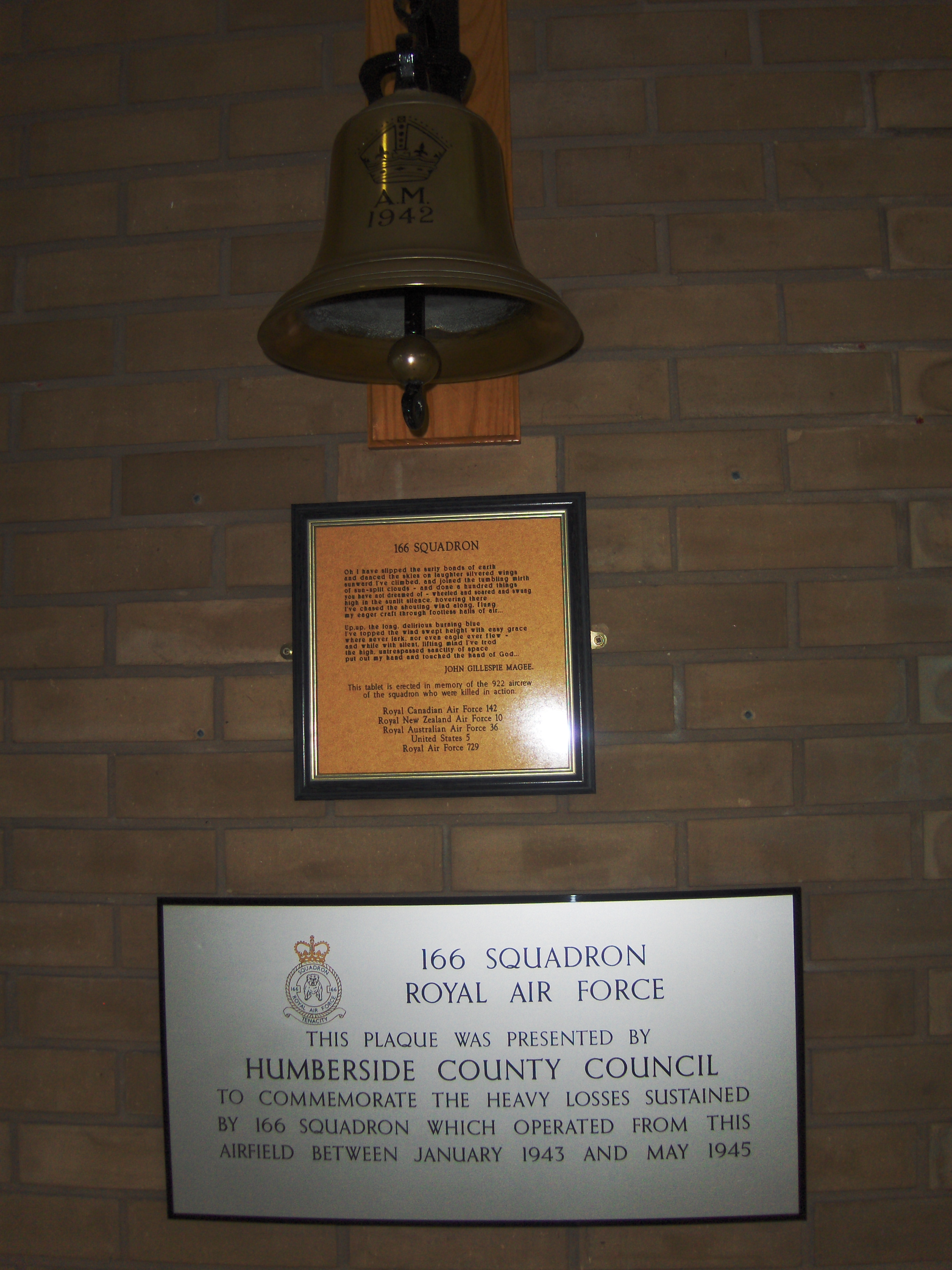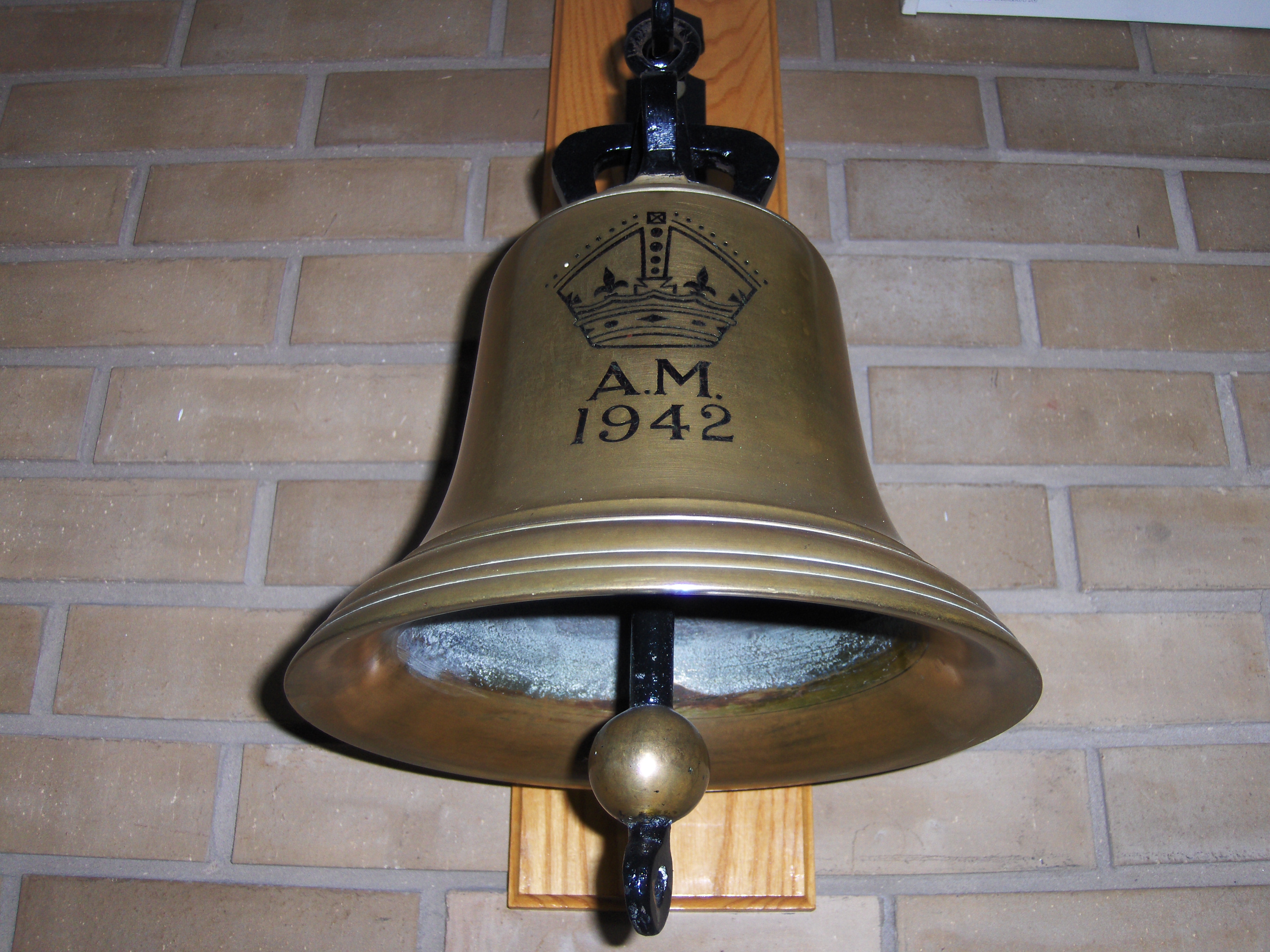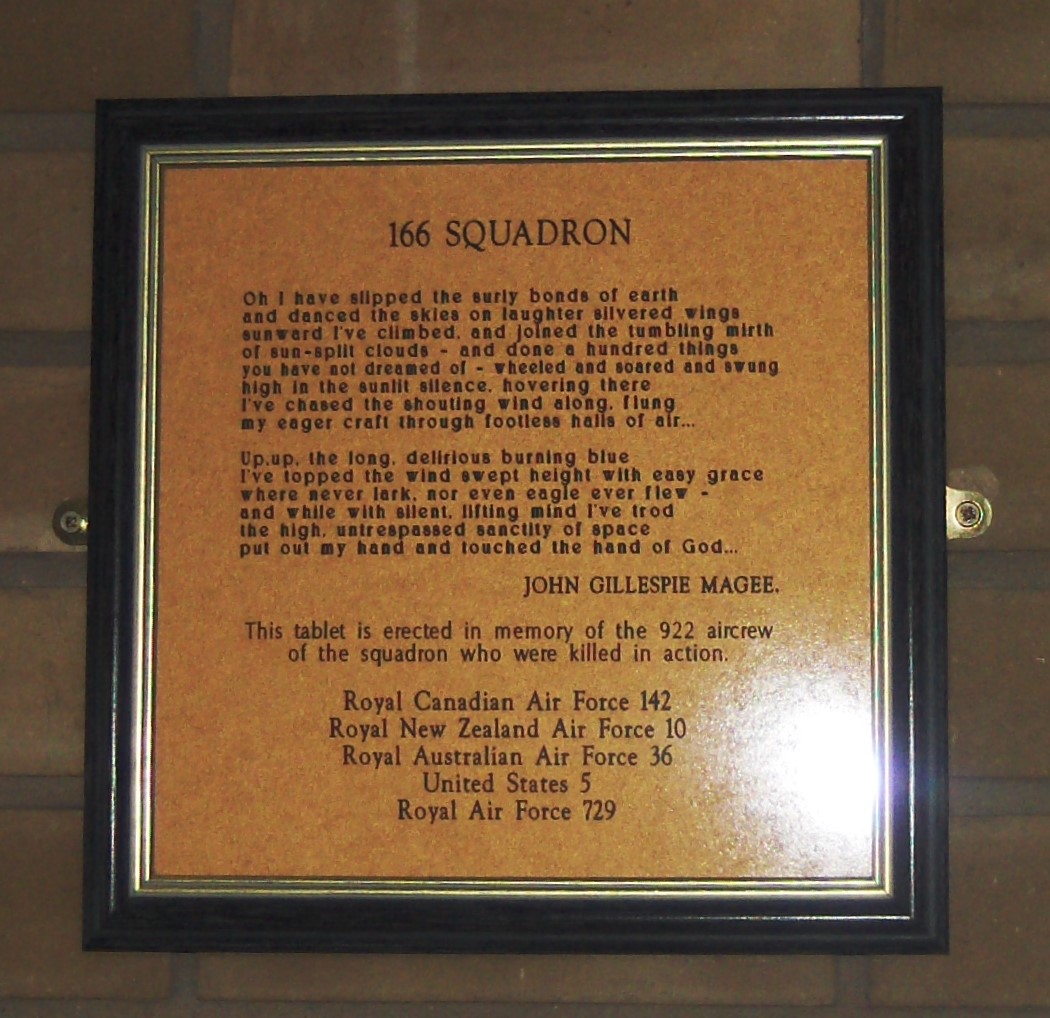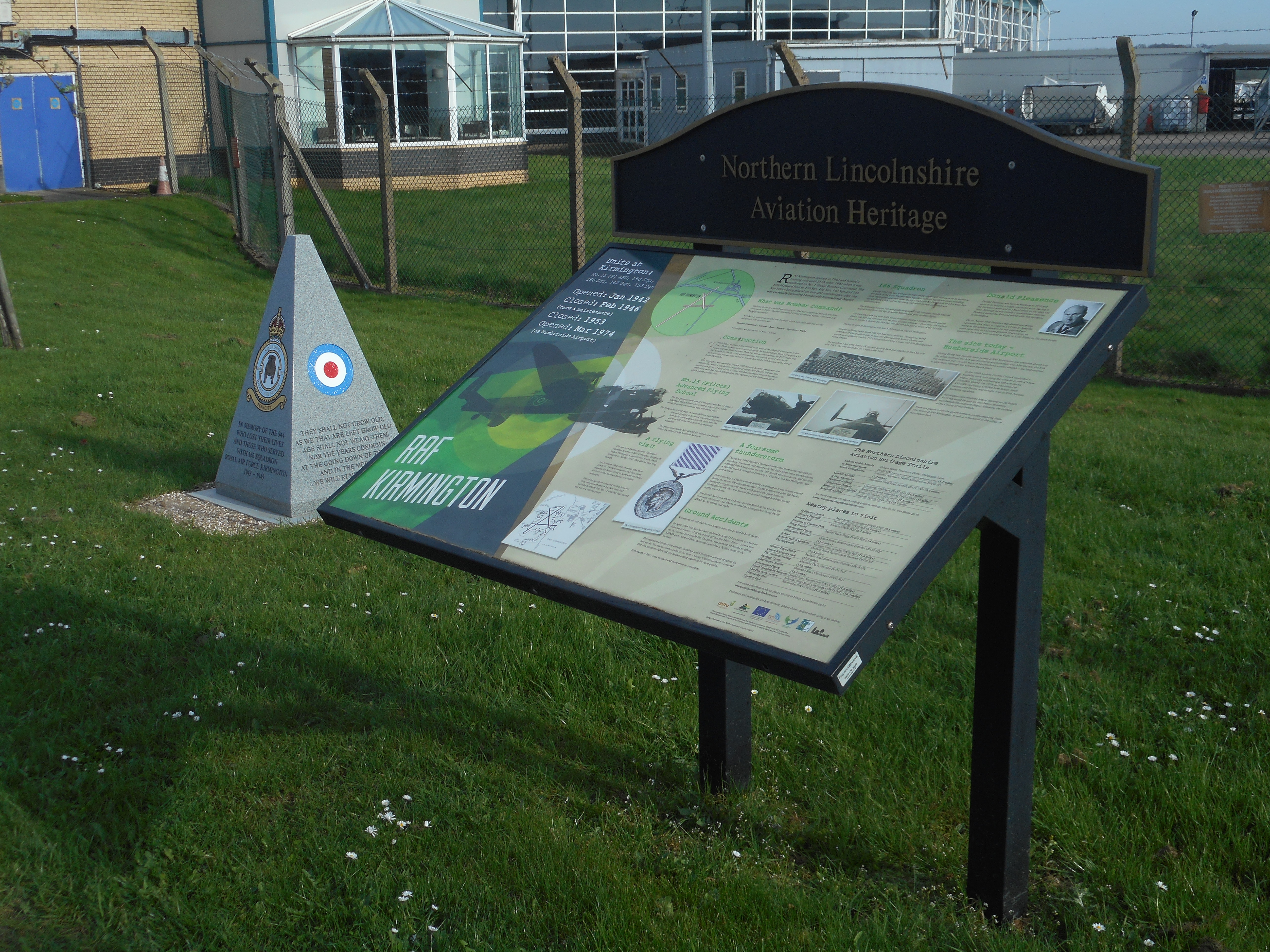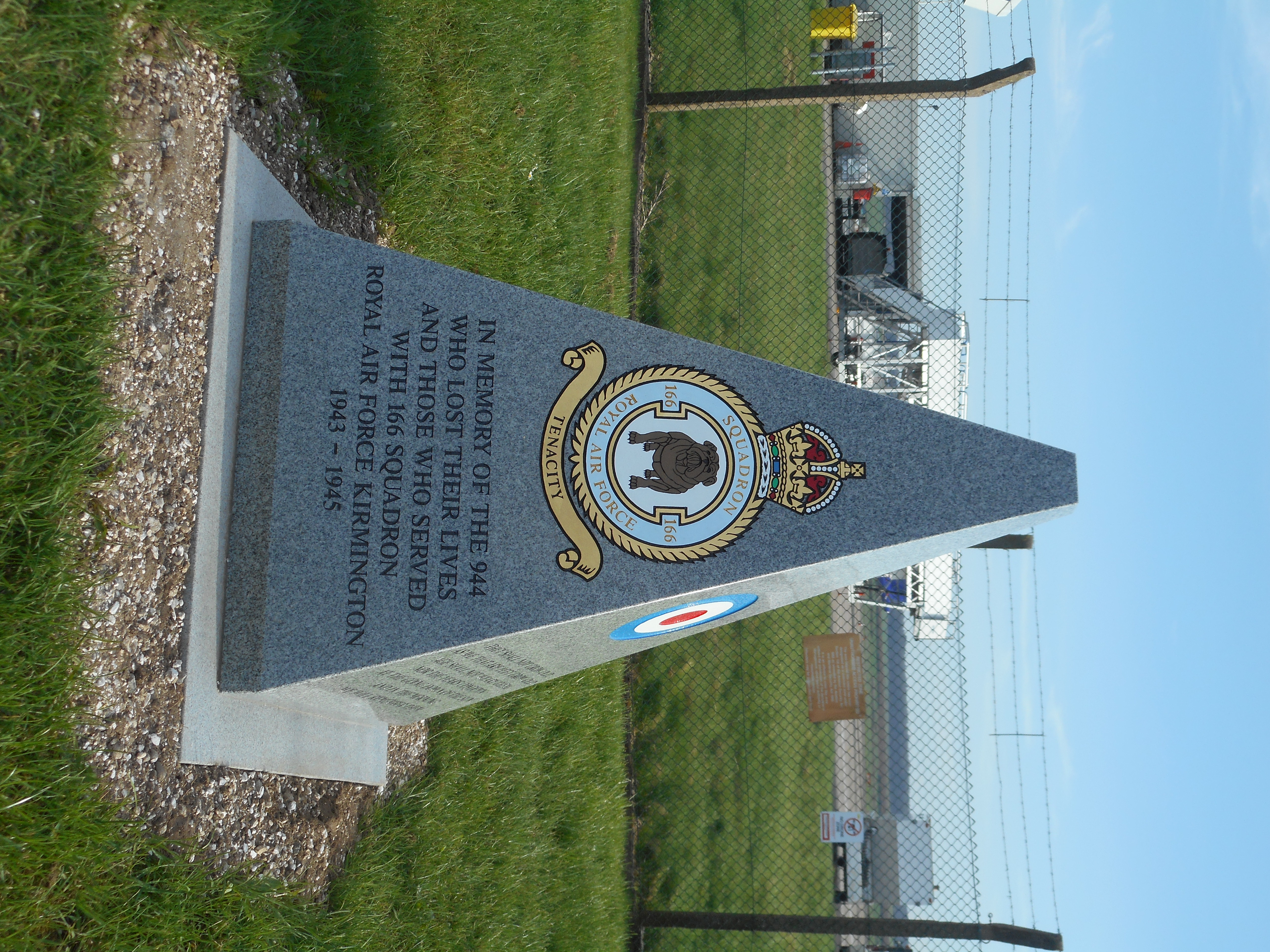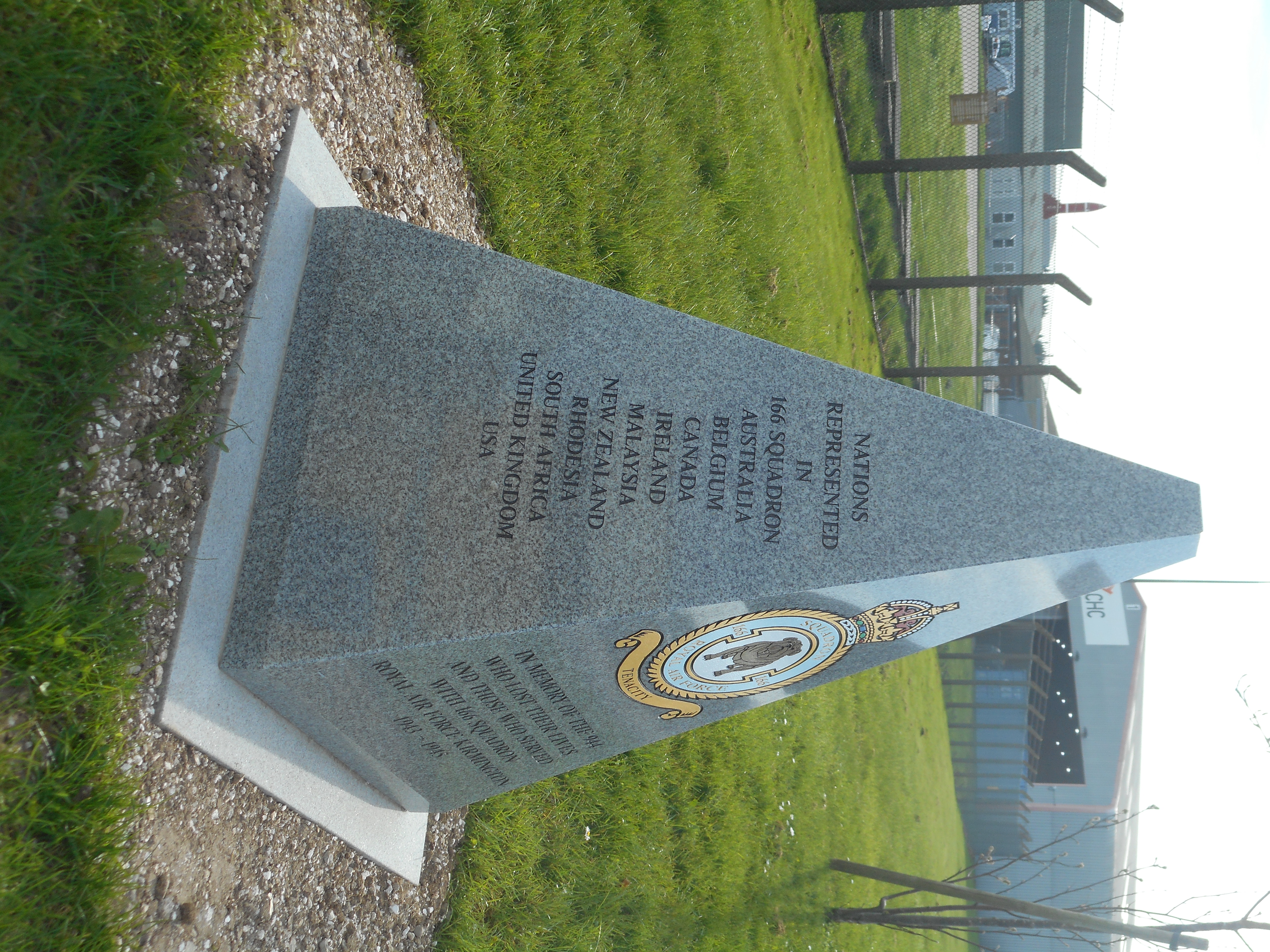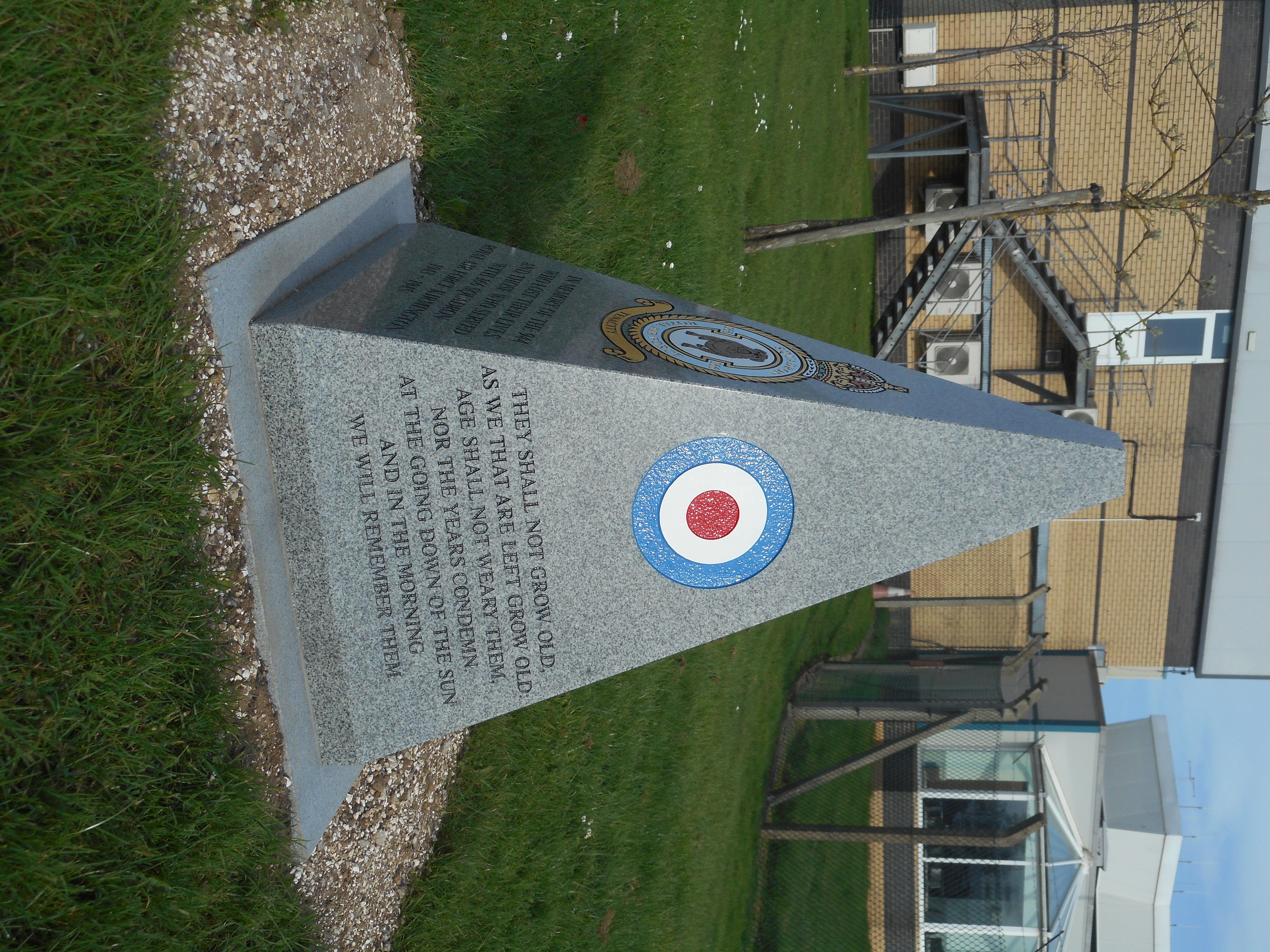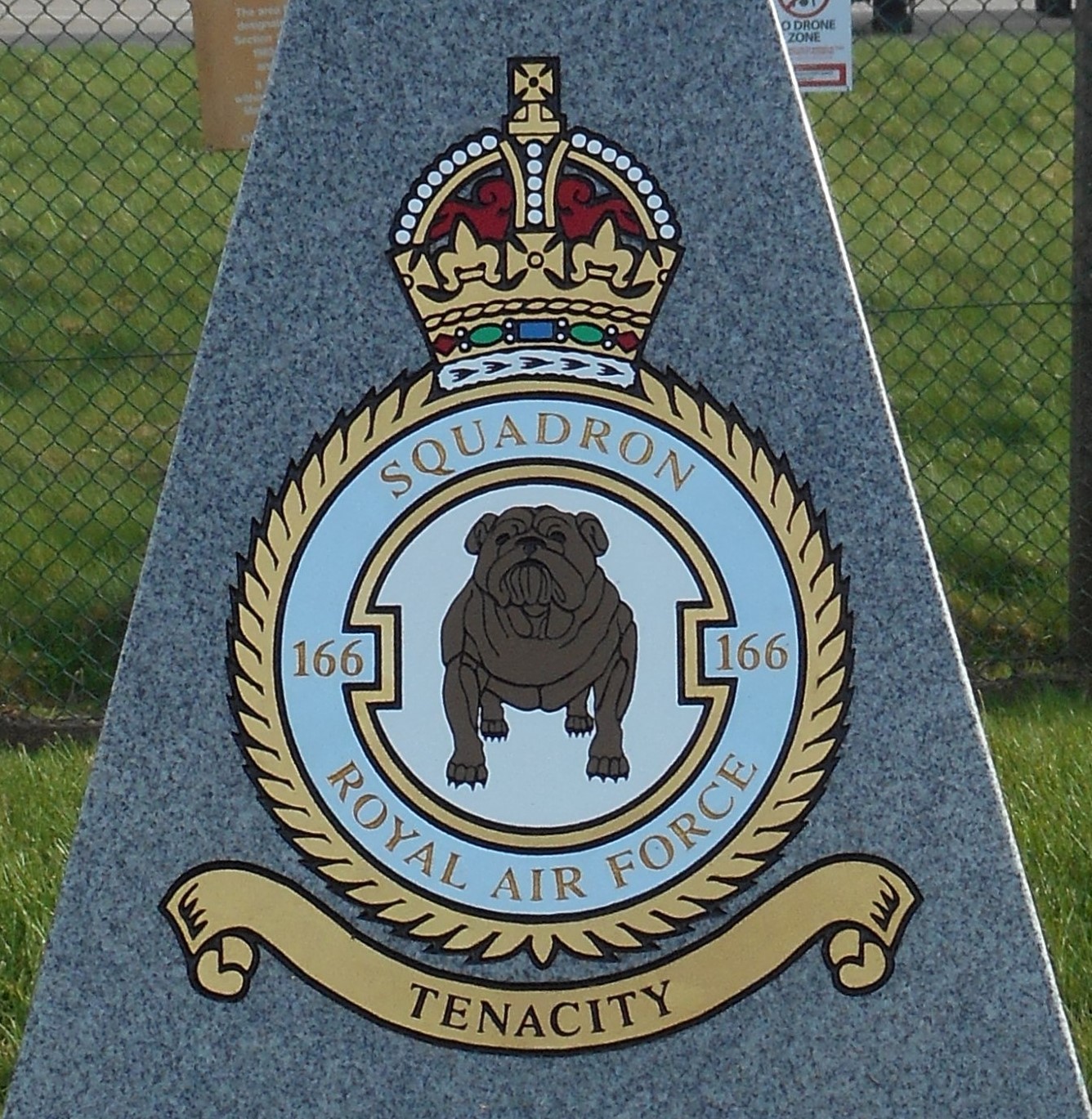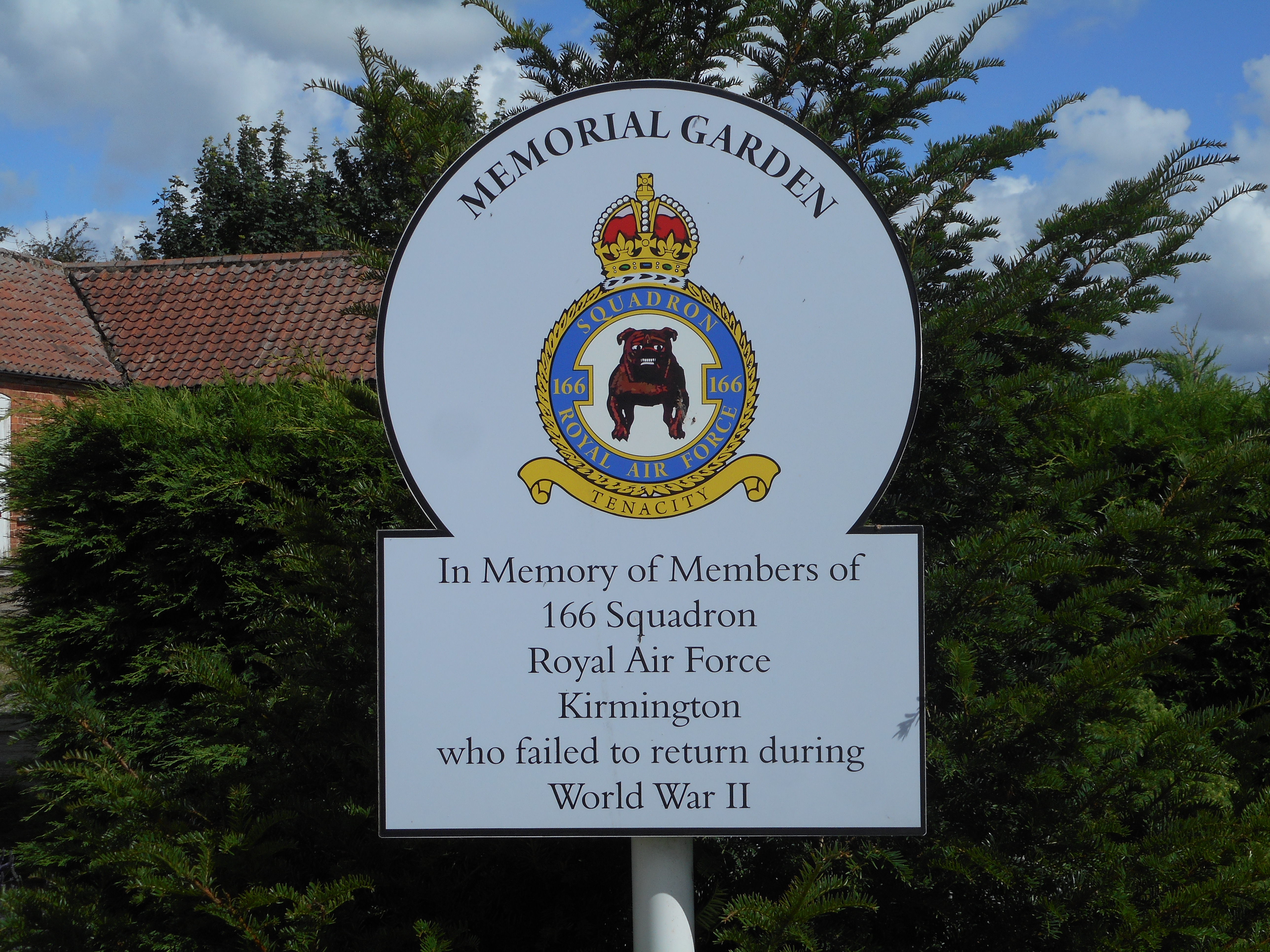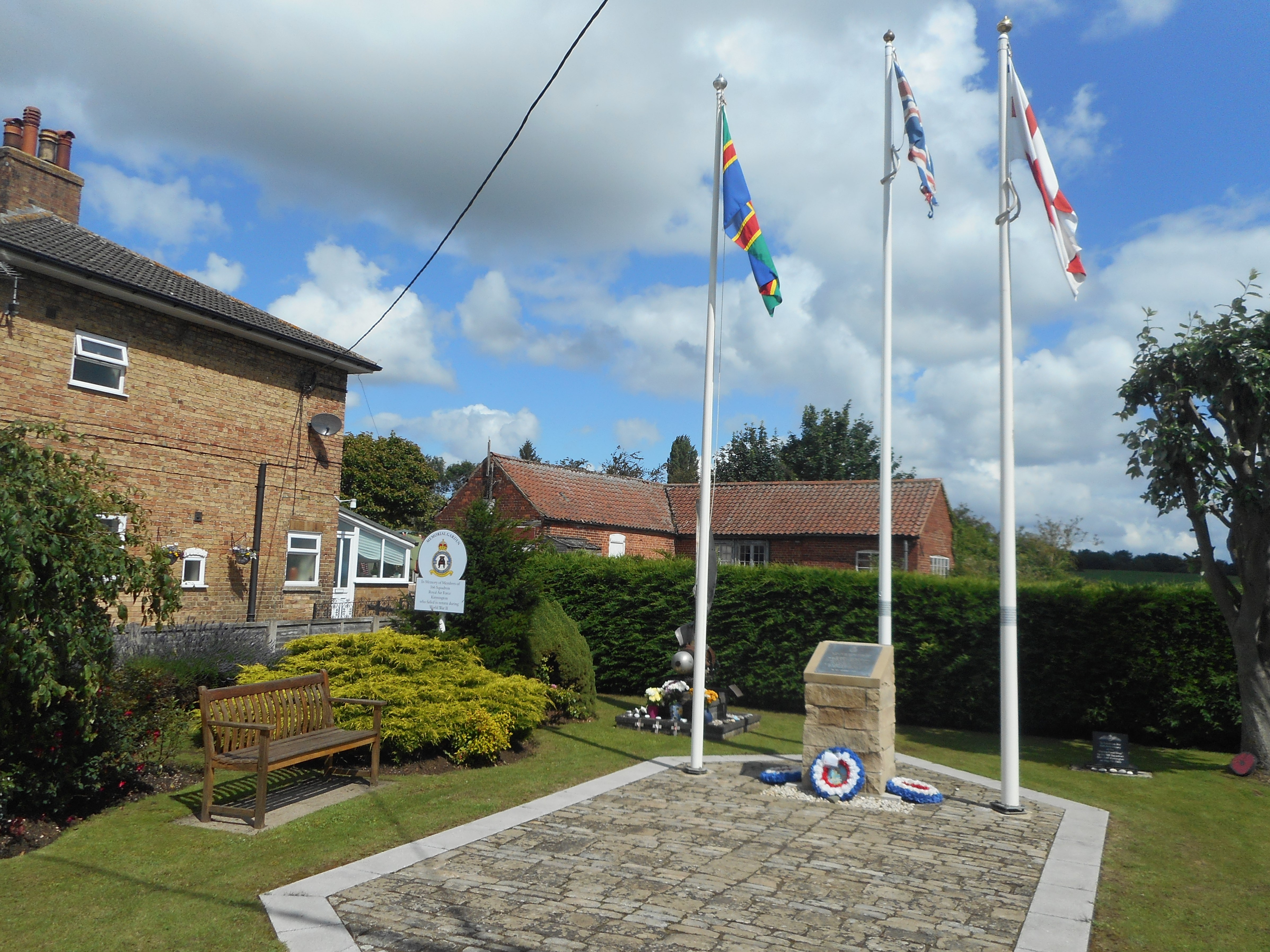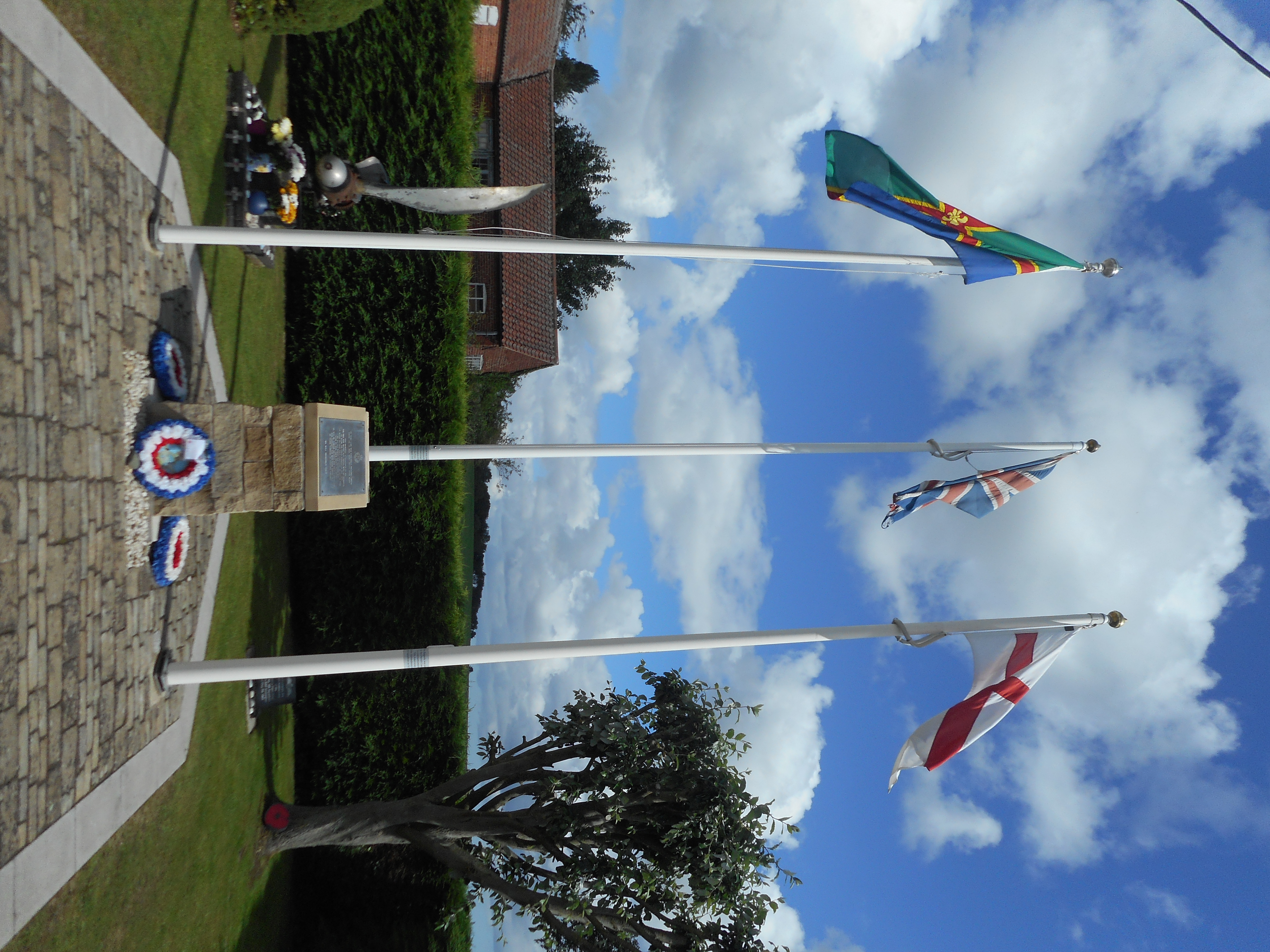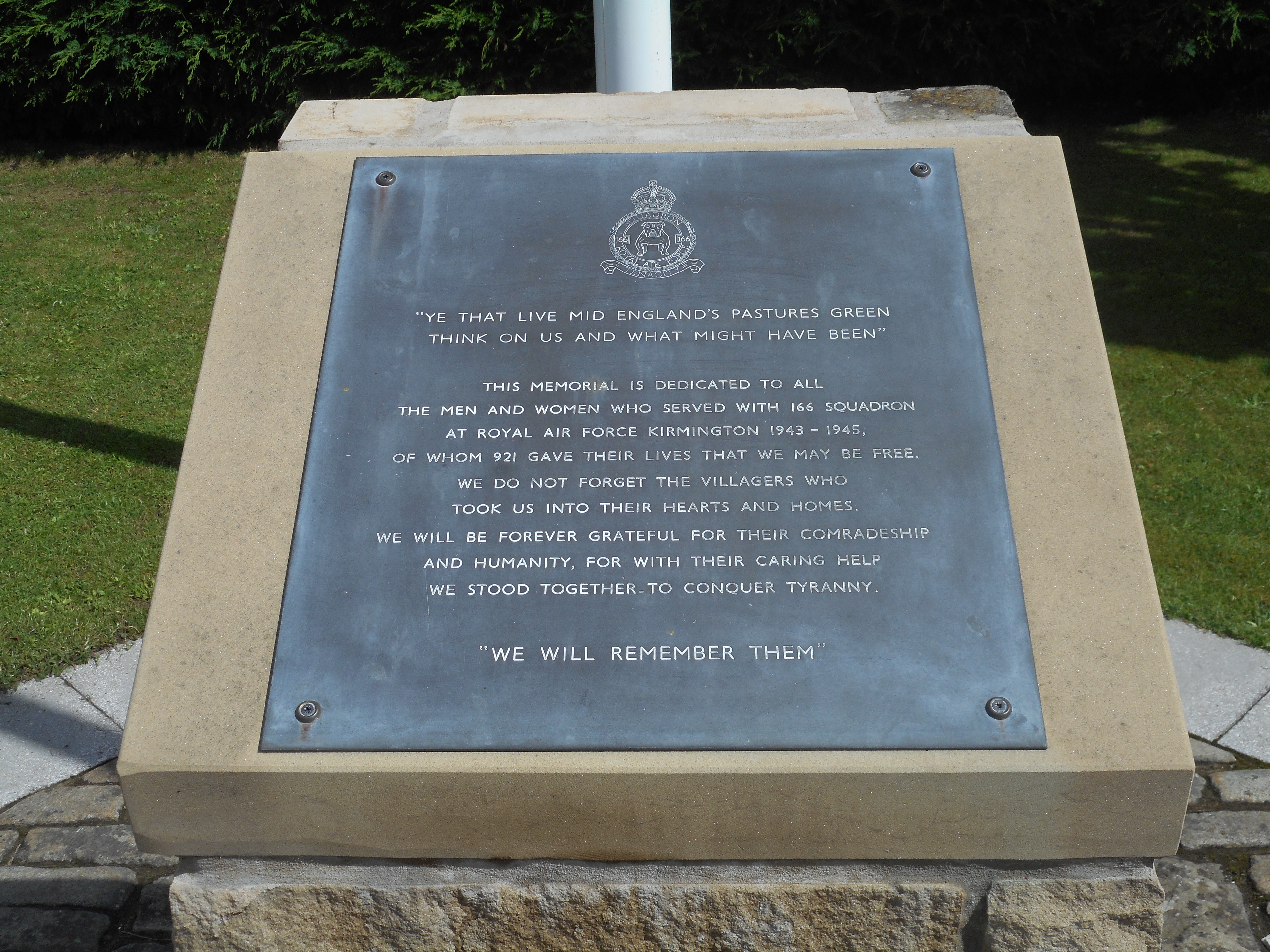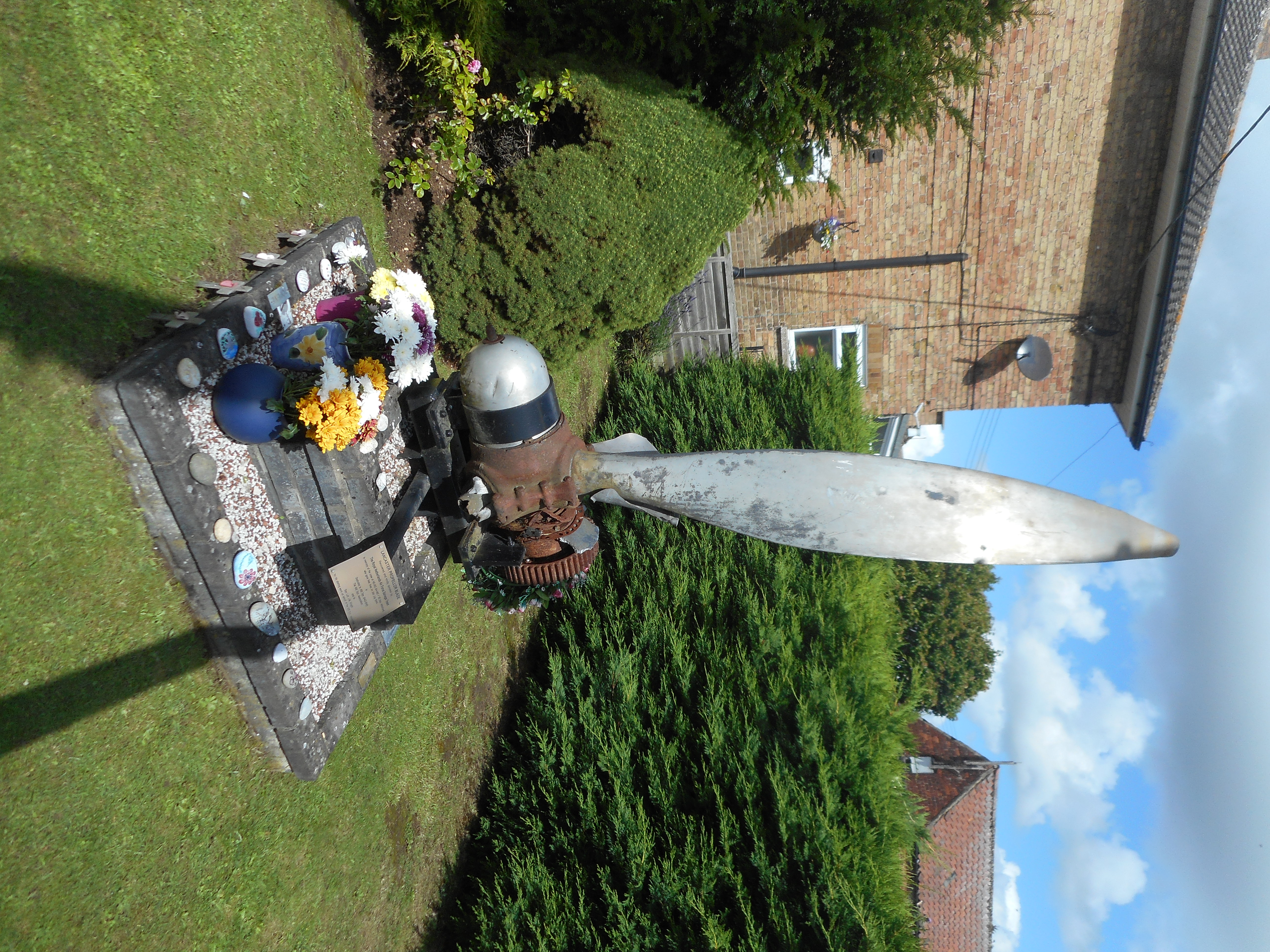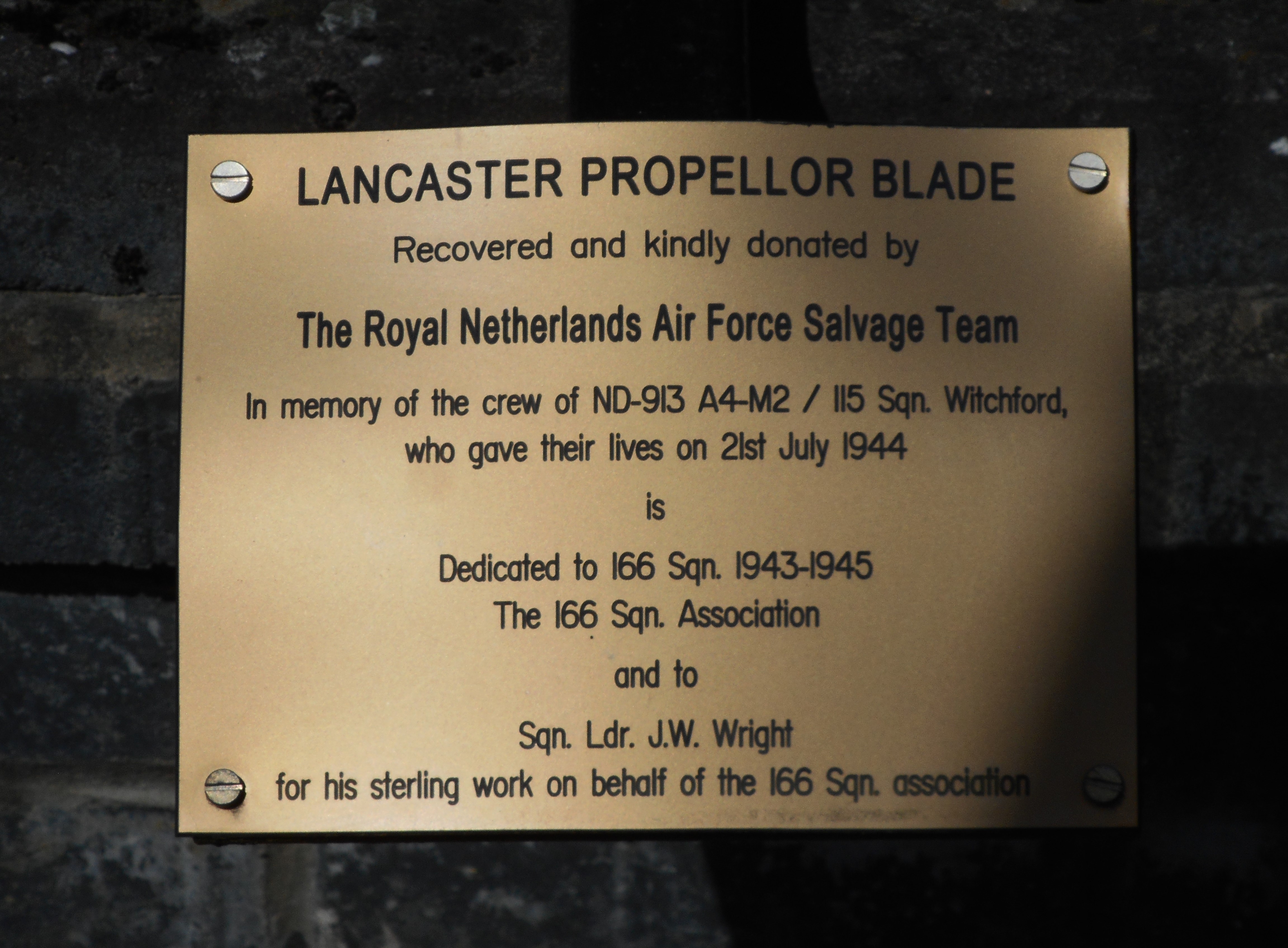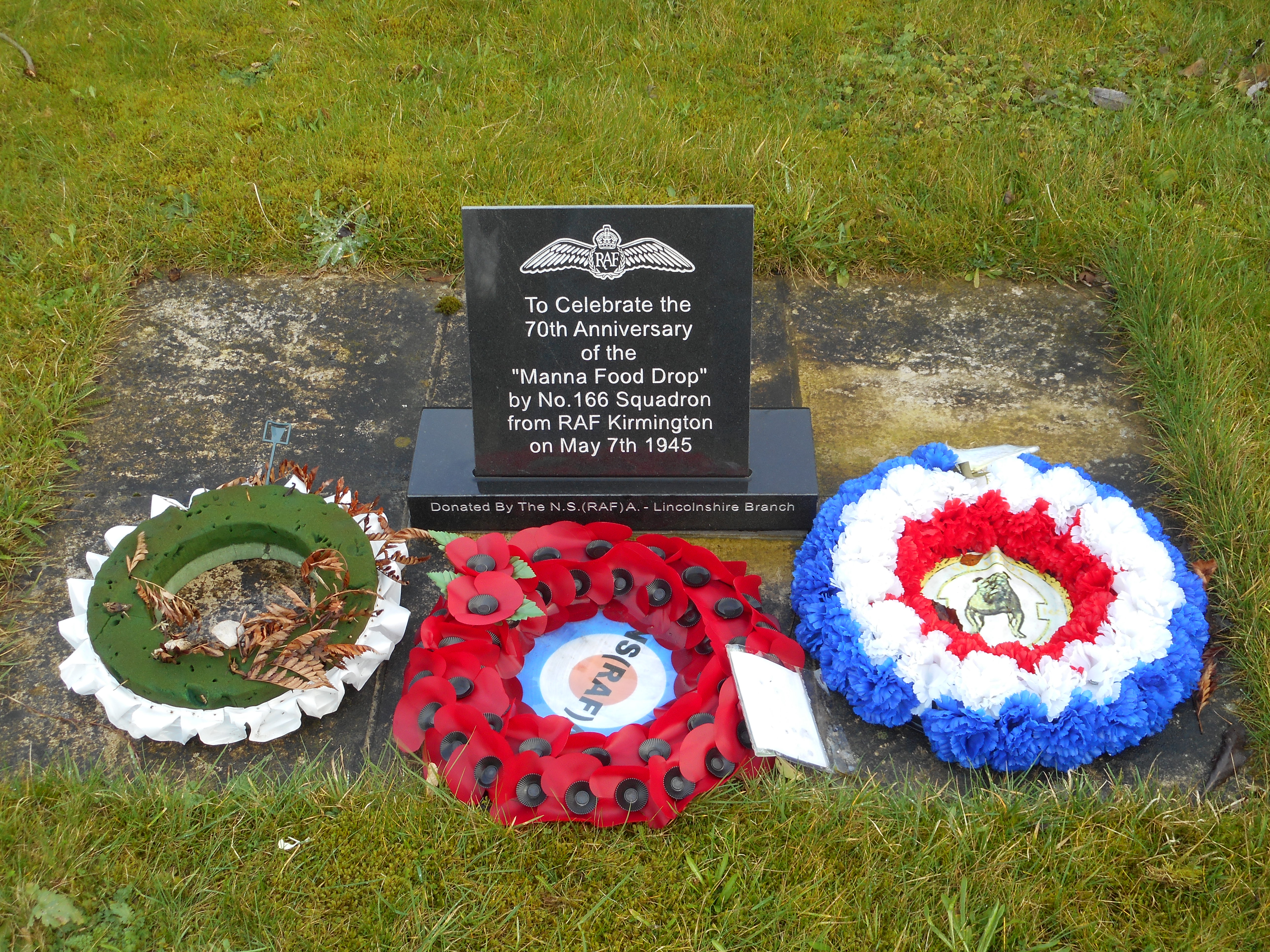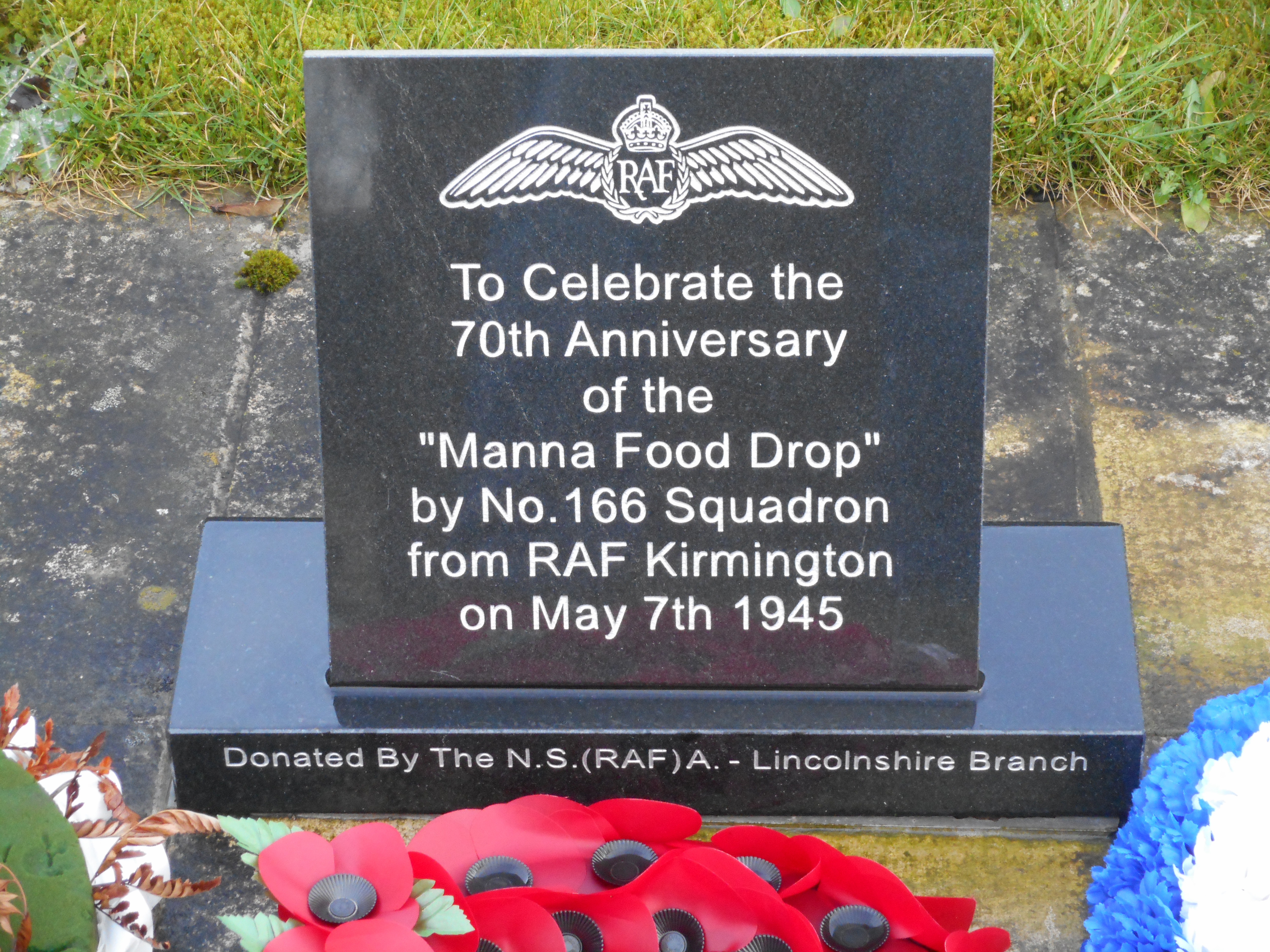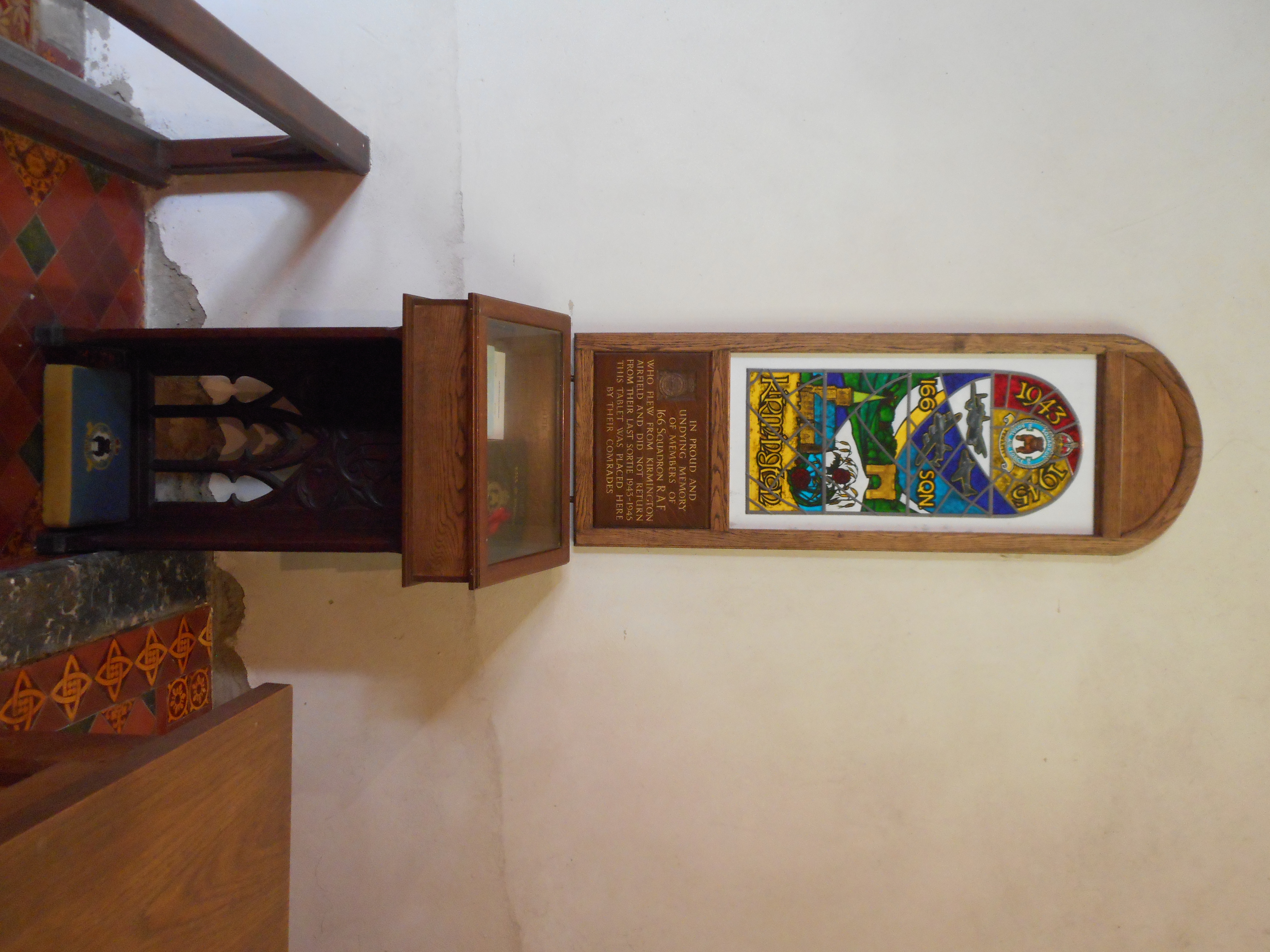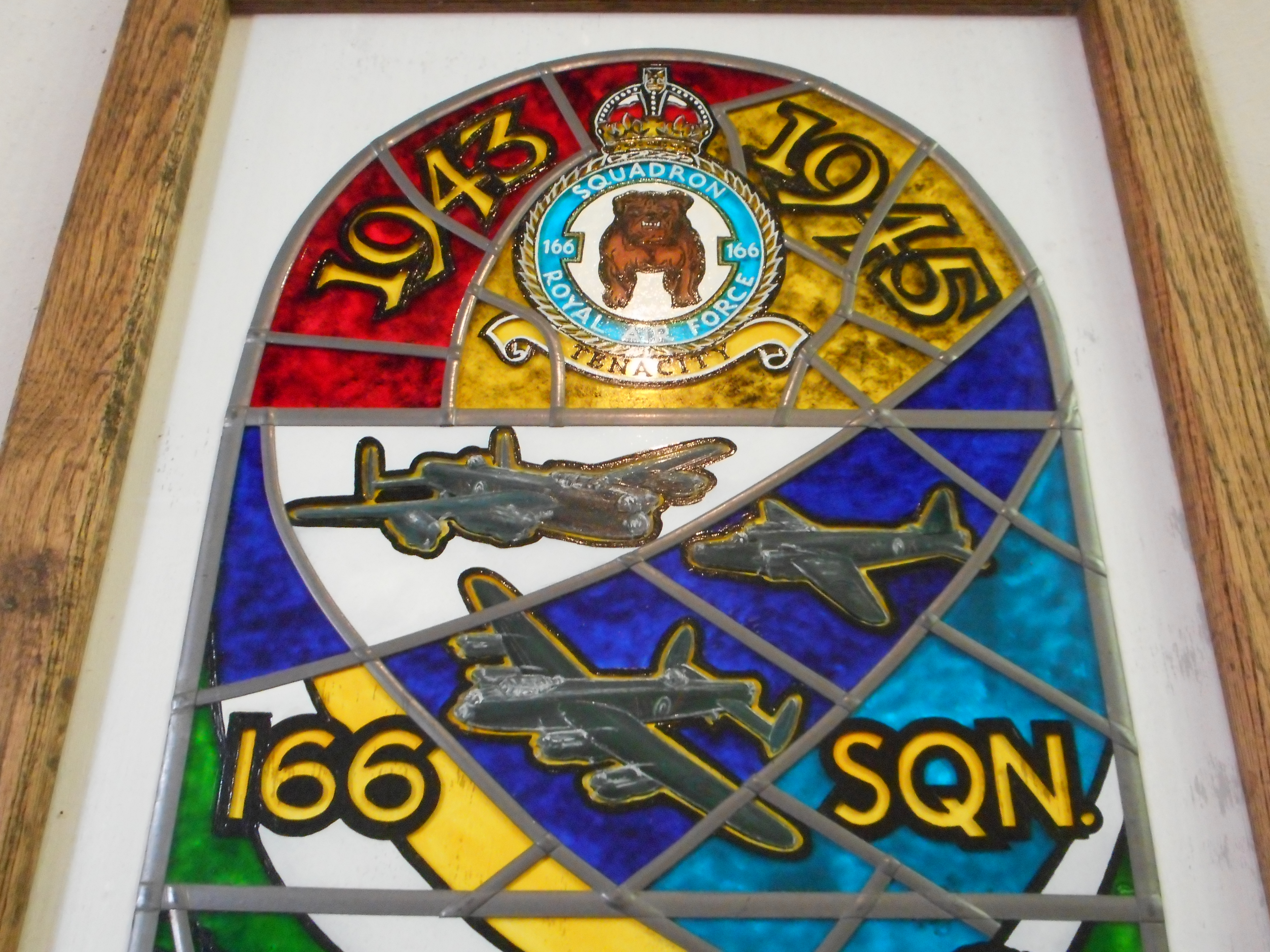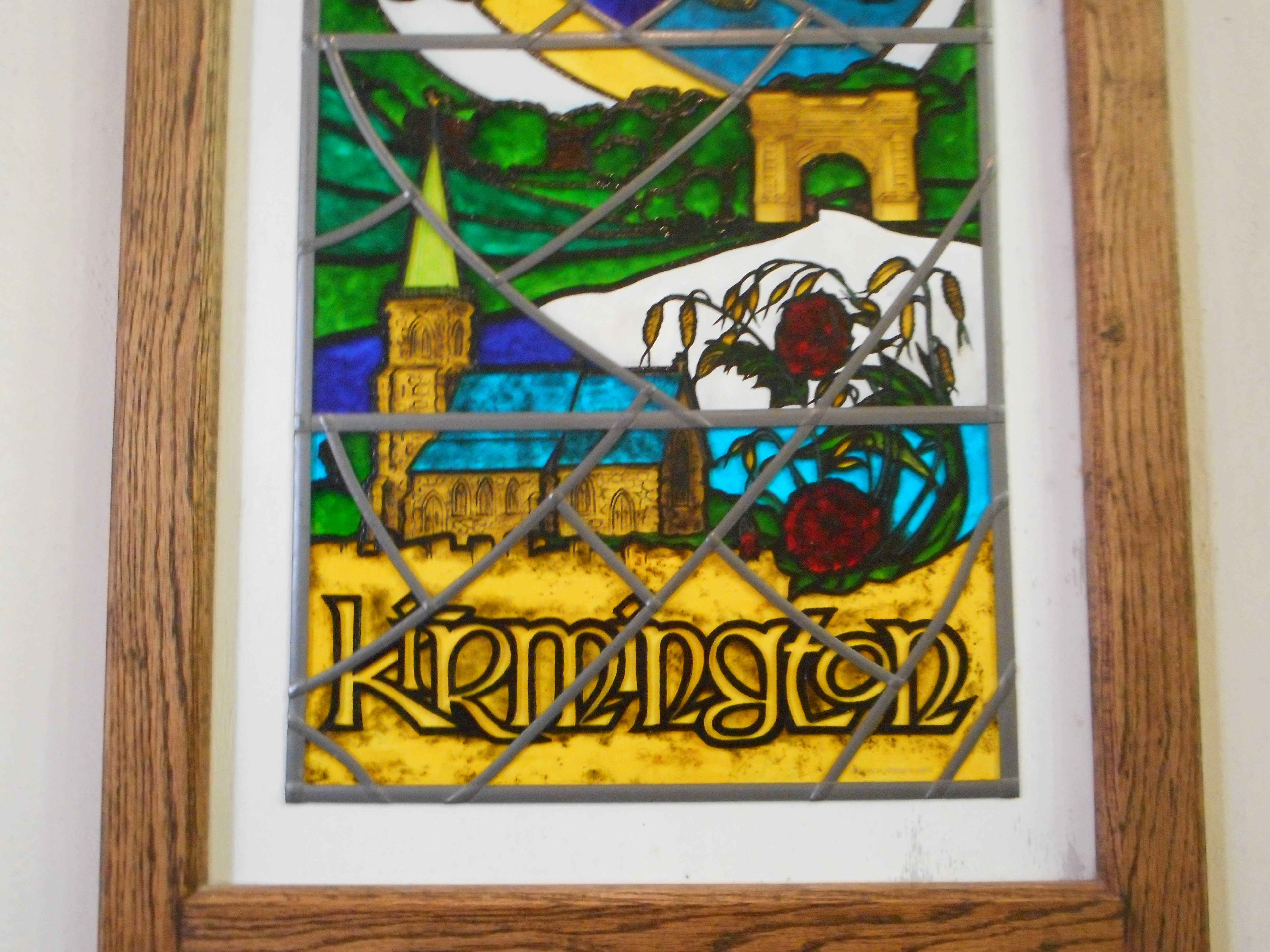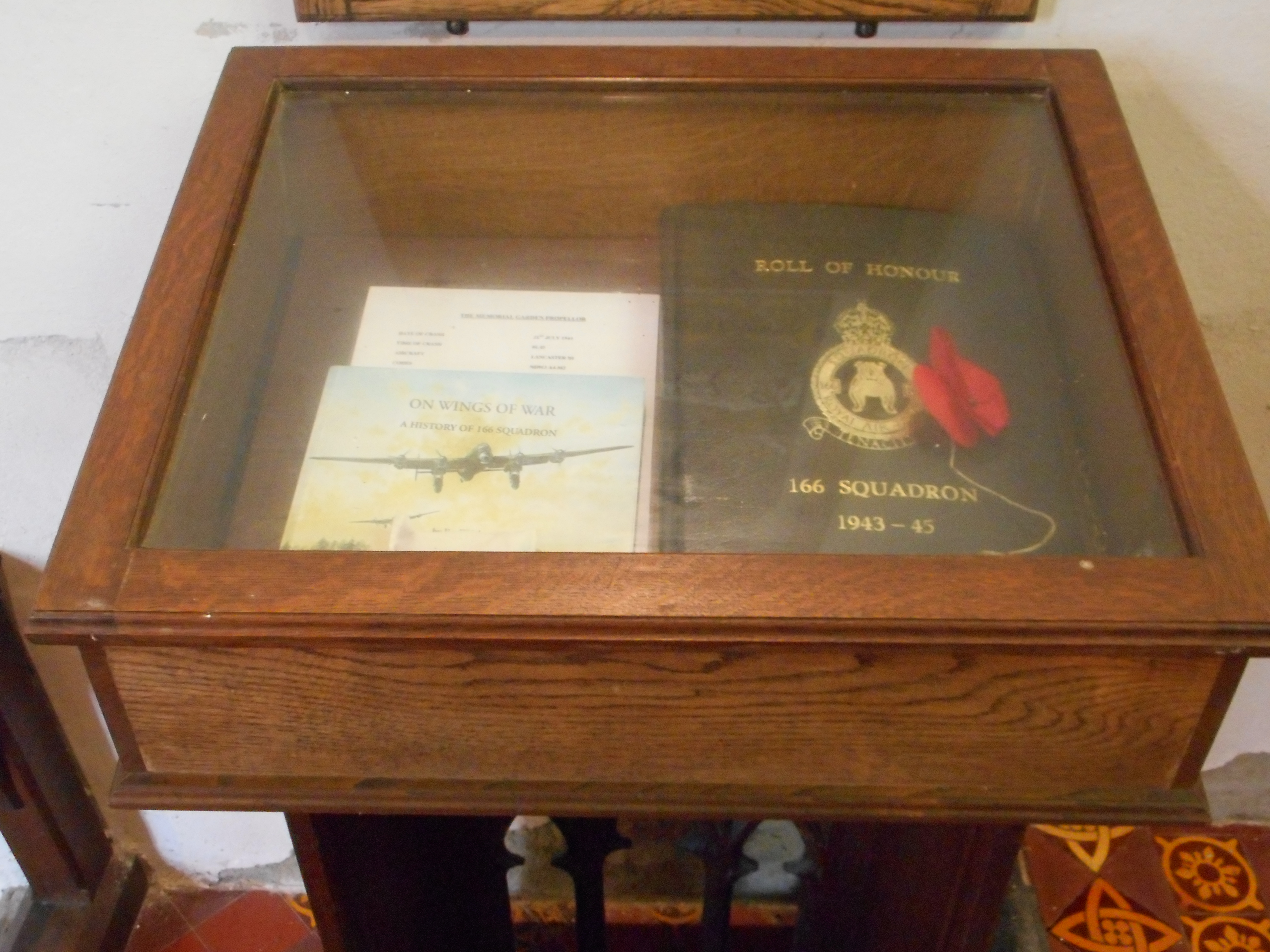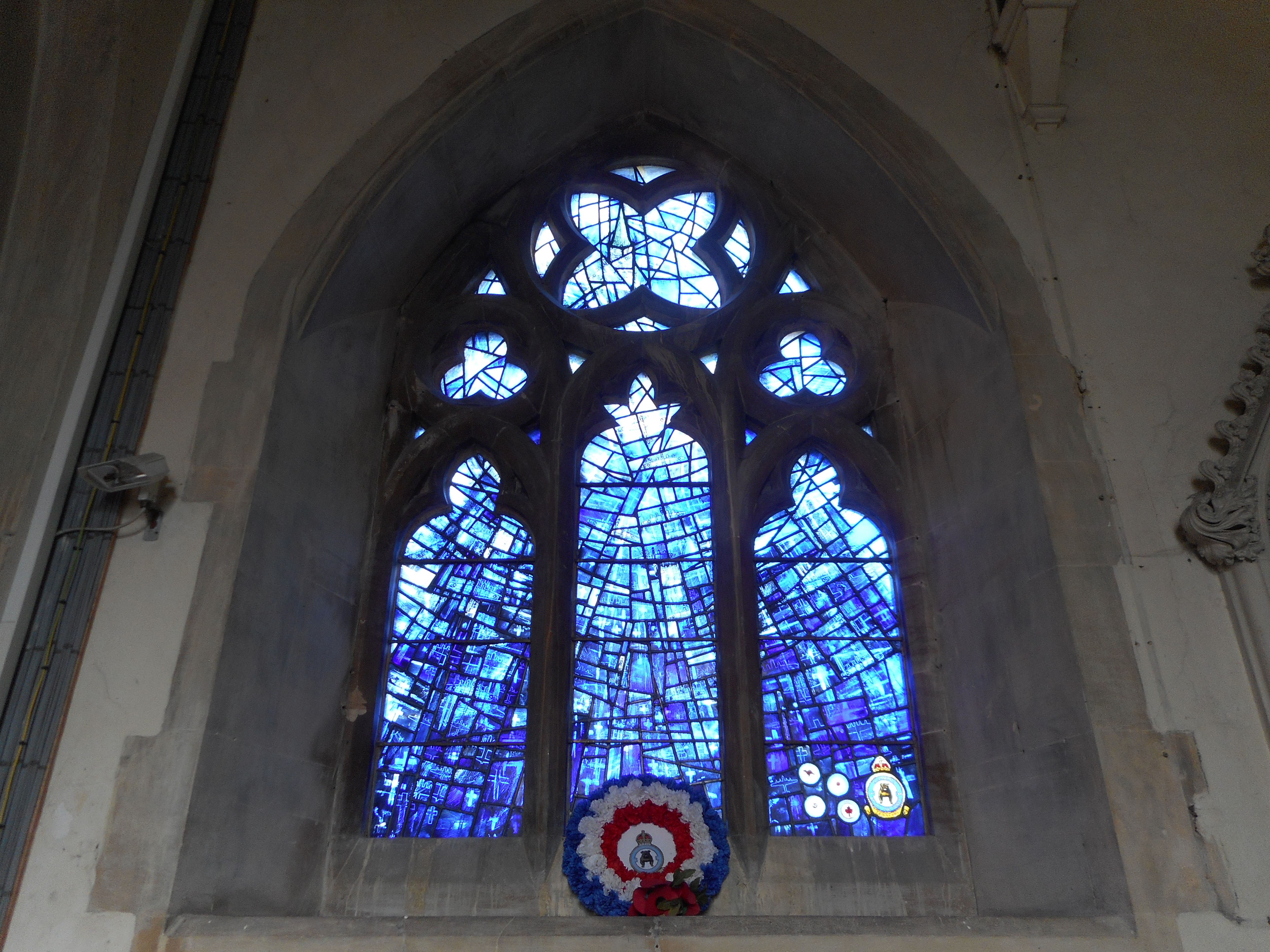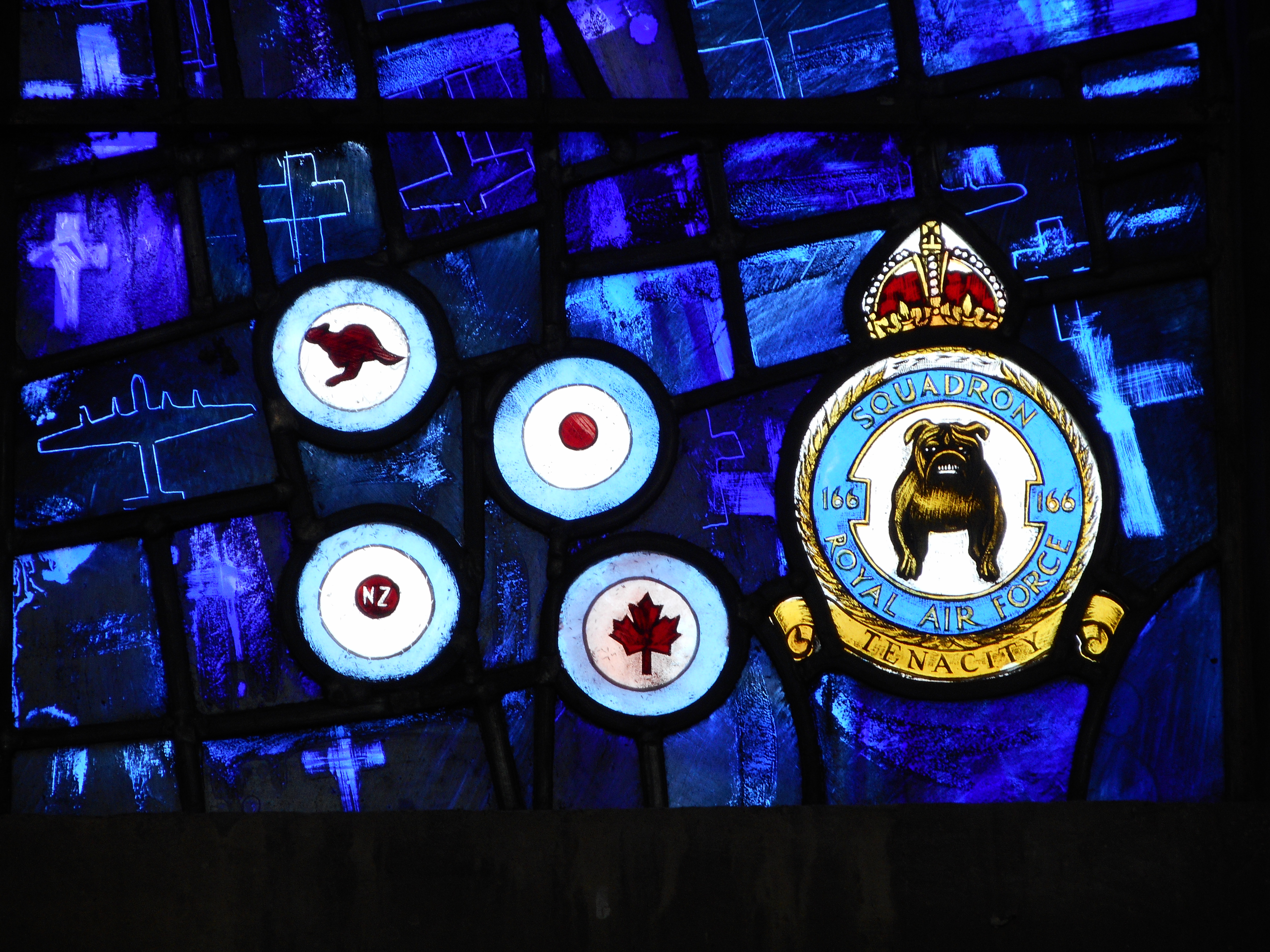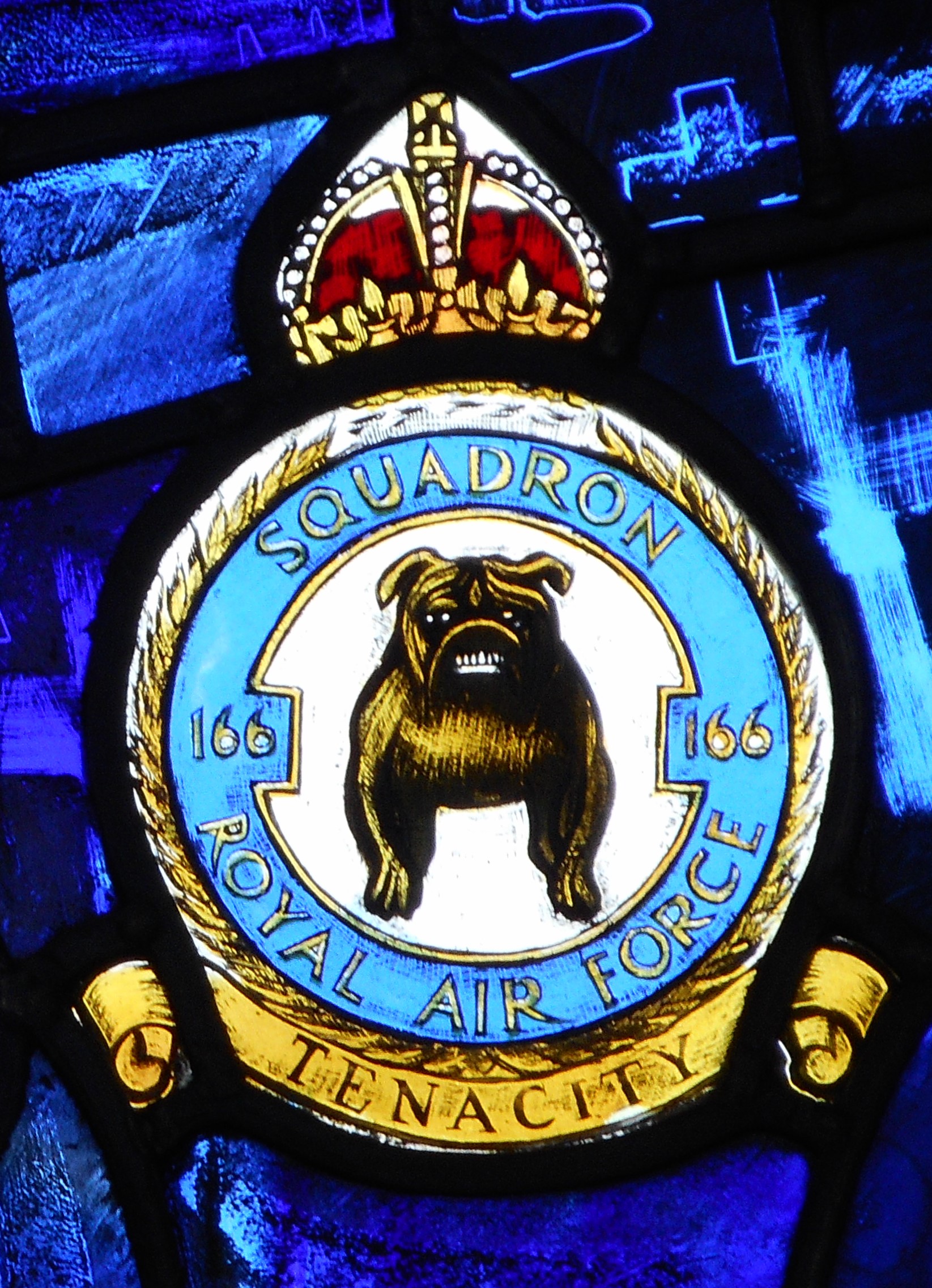Claydon, Frank Edward
Personal Information
| Rank | F/O |
| Forename(s) | Frank Edward |
| Surname | Claydon |
| Gender | M |
| Age | 35 |
| Date of Death | 14-01-1944 |
| Next of Kin | Son of Frank Frederick and Frances Mary Claydon. Husband of Violet Gladys Claydon, of Totteridge, Hertfordshire. Father of Patricia Ann Claydon and Frances Jane Claydon (later Frances Jane Madeley), who was born 17 May 1944, after Frank's death. |
Aircraft Information
| Aircraft | Avro Lancaster I |
| Serial Number | DV404 |
| Markings | AS-Z |
Memorial Information
| Burial/Memorial Country | Germany |
| Burial/Memorial Place | Berlin 1939-1945 War Cemetery |
| Grave Reference | 14. A. 3. |
| Epitaph | THERE SHALL BE NO MORE DEATH...NOR CRYING, NEITHER SHALL THERE BE ANY MORE PAIN (From Revelation 21:4) |
IBCC Memorial Information
| Phase | 1 |
| Panel Number | 20 |
Enlistment Information
| Service Number | 130537 |
| Service | Royal Air Force Volunteer Reserve |
| Group | 1 |
| Squadron | 166 |
| Squadron Motto | Tenacity |
| Trade | Air Bomber |
| Country of Origin | United Kingdom |
Other Memorials
| Location | Terminal Building, Humberside Airport, Lincolnshire |
| Country | United Kingdom |
| Memorial Type | Air Ministry WWII Bell & Inscribed Metal Plaques |
| Memorial Text | To commemorate the aircrew of 166 Sqn RAF who were killed in action flying from RAF Kirmington during WW2 |
| Location | Adjacent to Terminal Building, Humberside Airport, Lincolnshire |
| Country | United Kingdom |
| Memorial Type | Info Board & Inscribed Stone Monument |
| Memorial Text | In memory of the aircrew from many nations who flew with 166 Sqn RAF who were killed in action flying from RAF Kirmington during WW2 |
| Location | Memorial Gardens, Kirmington, Lincolnshire |
| Country | United Kingdom |
| Memorial Type | Inscribed Plaques |
| Memorial Text | Memorials to those who served on 166 Sqn flying from RAF Kirminton during WW2, including those who flew on Op MANNA |
| Location | St. Helena's Church, Kirmington, Lincolnshire |
| Country | United Kingdom |
| Memorial Type | Stained Glass Window, Inscribed Metal Plaque & Roll of Honour |
| Memorial Text | In memory of the members of 166 Sqn RAF who flew from RAF Kirmington during WW2 and did not return |
Miscellaneous Information
| He was an ‘all-rounder’ and in his early years at work he was also a keen hurdler and rugby player, an amateur opera singer and became the youngest local councillor for Barnet Urban District Council. He turned down the opportunity to study at Oxford University because he wanted to get married to Violet more than he wanted three years of study. He also turned down the offer to join the staff of LNER Company as he decided to remain with the Union of Railway Clerks. He hated war; he was a pacifist at heart but thought that it was not right for other people to risk their lives if he didn’t also take part. His brother-in-law Frederick Thomas Knight (Freddie / Derick) had been a prisoner-of-war in Germany since April 1940 which probably coloured his thinking. He wrote to his sister-in-law just two days before he was killed about how he ‘had had enough but [was] afraid that the war wouldn’t be won that way’! |
| His mother, Frances Mary was widowed young when her husband caught tuberculosis while working in poor conditions on the restoration of Blenheim Palace. With no pension, two small children and a mortgage to pay she took in lodgers on the top floors of their Camden house and worked nights at the local postal Sorting Office. She would tuck the children into bed and go to work, returning in time to give them breakfast and see them off to school. |
| The Railway Clerks’ Association obituary to Frank: His many friends, both inside the Association and in the Labour Movement, will be grieved to hear of the death of Flying Officer Frank Claydon, who had been a member of the Head Office staff of the R.C.A. since 1937. He was reported missing from air operations over Germany on January 14th, 1944, and has now been officially presumed killed. A great many members of the association who were proud to claim friendship with him will realise what a loss the R.C.A. and wider labour movement has sustained. Delegates to last year’s Annual Conference will remember the tall, handsome R.A.F. Officer who spent his leave at Blackpool and followed the Conference proceedings with such interest. On leaving school Frank Claydon entered the service of the L.N.E. Railway Company and was eventually employed in the Advertising Department at King’s Cross. Early in his railway career he joined the King’s Cross No. 1 Branch of the R.C.A., taking a very active and effective part in its work, particularly as organising secretary and delegate to the London Political Advisory Council. He also represented the branch at Annual Conference. Whilst still in the railway service he married Violet Masters, who was also on the staff of the Advertising Department at King’s Cross. On moving his home to Totteridge he transferred his membership from St. Pancras to the Barnet Labour Party and was its Secretary for four years until he volunteered for the R.A.F. in 1941.He was also a member of the Executive Committee of the St. Albans Divisional Labour Party, and was elected Labour Councillor for the East Arkley Ward of the Barnet Urban District Council 1938. Frank Claydon qualified as an Observer in the R.A.F. at an Air Training School in South Africa, and after being torpedoed 1,000 miles from land on the return journey, commenced operations with Bomber Command in this country in June 1943. His many raids on Germany included record breaking ones on Hamburg and Berlin. Hh held the gunnery record at the South African school and the bombing record at his Station in this country. He many gifts and talents, some of them not fully developed, all of which, with his deep-seated ideals, were dedicated to the service of our Movement. At the beginning of the war he held – very sincerely – strong pacifist opinions, but when the logic of events led him to take another line he scorned the possibility of a safe job and, despite his age – he was nearly 33 – volunteered and qualified for air crew duties. How he hated war! How he hated the necessity for taking part in it! There was just one thing he hated more – the thought of Nazism interfering with the building up of that better world for which, through the R.C.A., through his municipal work and through the Labour Party, he was striving in a very practical way, with the able and active assistance of his devoted wife, herself an ex-member of the Association. Frank did not shirk the risk of having to die for his fellows, but how much happier and how much more useful he would have been had he been able to continue to live for them. We can ill-afford to lose men of his calibre. It brings home to us the tragic waste of war. He will be sadly missed at R.C.A. Head Office, where his high qualities earned the warm affection of all his colleagues. Our deep sympathy is extended to Mrs. Claydon and her two daughters, Patricia Ann age 4 years and Frances Jane age three months. |
IBCC Digital Archive
Commonwealth War Graves Commission
The National Archives
| Record of Events (Operational Record Book) AIR 27/1089/27 |
| Summary of Events (Operational Record Book) AIR 27/1089/26 |
Fellow Servicemen
Please note that this list gives all the losses aboard the quoted aircraft and occasionally these may have occurred on an earlier date when the aircraft was not itself lost. Please check the dates of death carefully.
Last Operation Information
| Start Date | 14-01-1944 |
| End Date | 15-01-1944 |
| Takeoff Station | Kirmington |
| Day/Night Raid | Night (82% moon) |
| Operation | Braunschweig |
| Reason for Loss | Airborne 16:38 on 14 Jan 1944 from Kirmington to bomb a target in Braunschweig. Shot down by a night-fighter, crashing in the target area. |
